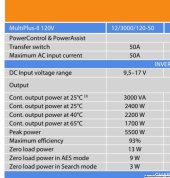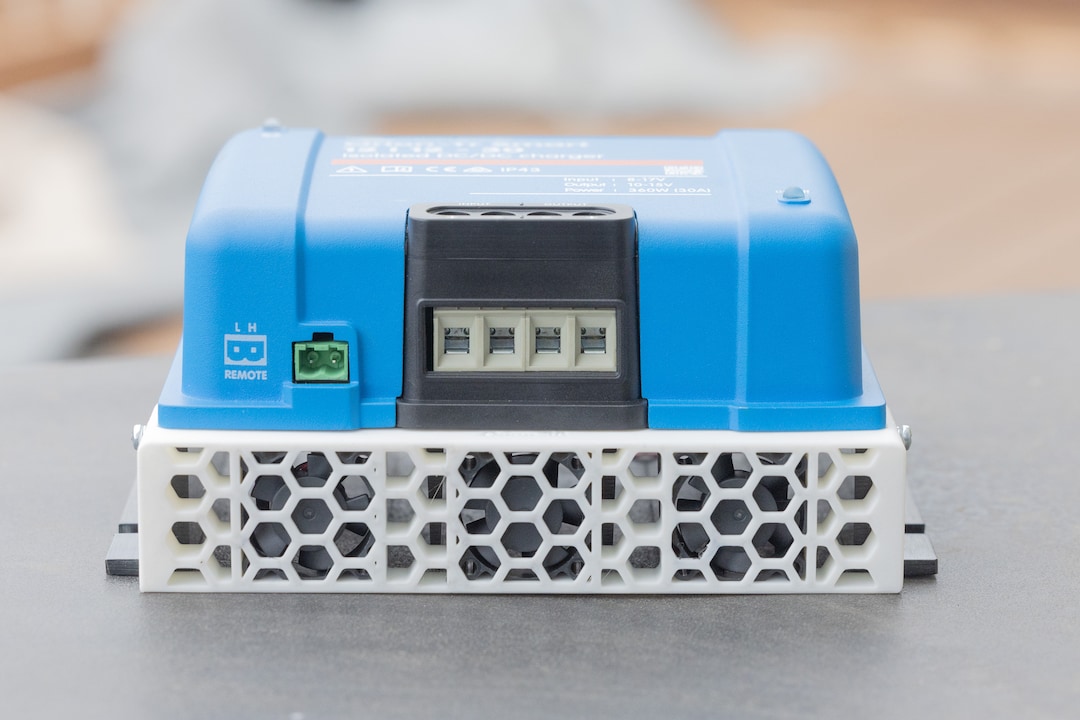Still going to depend on the ambient temp and what you mounted it to. I have mine mounted to cement board which is somewhat of a heatsink and also in a basement which has much cooler temps and don't notice any heat issues.
You are correct about ambient air temp ( that’s the biggie) and also about what it’s mounted to as its Acting as a heat sink to help negate raising the temp of the ambient air ,but a 3rd issue is the amount of ambient air available to help keep the gear cool , as in cubic ft of the entire area containing that air…big is good .. small is harder to deal with unless exchanged ..or cooled by some outside method , the small area heats up much quicker. And it runs upward quickly.
If ,as in your case and most peoples install , with a cool basement you have a large volume of air that is cooled by all the surfaces inside that area as air circulates naturally …the equipment being a relatively small heat source compared to your container of air may not ever present a problem…if one has cement block walls and it’s already coolish , that’s even better.. the whole room is a heat sink…haaa..
in my case with a 6 ft V nose black aluminum trailer install, I only have about 75 usable cubic ft of total air if door is closed …..
that 6x 4 x 4 internal measurements Before insulation…Ouch… it can get very hot ..it’s like having a black car….so I heavily insulated it when starting out to impede the sun from baking the inside quickly ….on all sides…2 inch’s thick..I installed 2 low draw high CFM exhaust fans high and low that exchange the air basically once per min to keep it at outside ambient temp… that helped alot …..
but the heat sinks being jammed against the walls limited circulation to carry away the heat
efficiently…when remounting everything on stand offs and another fan directed below the gear it allows things to cool down much better ( in this application) . It dropped all temps on everything and works great…the heat gets stirred around and exhausted out side and replaced by the cooler air intake…
SIDE NOTE : by last august I had installed a 5 k window unit that cycles off and on at 460 watts about 15 min per hour run time …that’s about 115 watts per hr I must provide…but only during the sunshine part of the day (or it’s not on ) but it keeps everything inside about 65 degrees and the equipment increases its efficiency much much much more than what i use to run it…
The side benefit for winter of all the insulation and inside circulation fans is that the heat generated in that small area keeps me from needing any outside heat source in winter for the batteries.
Inside the trailer will stay about ish 50 when it’s in the teens at night.( last week) .and 60 the next day when it’s 35F outside when system is at idle .
It can be below zero and if charging or discharging any decent power the gear heats it up , no problem… im happy not having to worry about heating the battery’s living on top of a cold mountain.
I hope somthing I’ve said here may help some other trailer build people… it may have to be tweaked a bit to suit your needs …
J.




